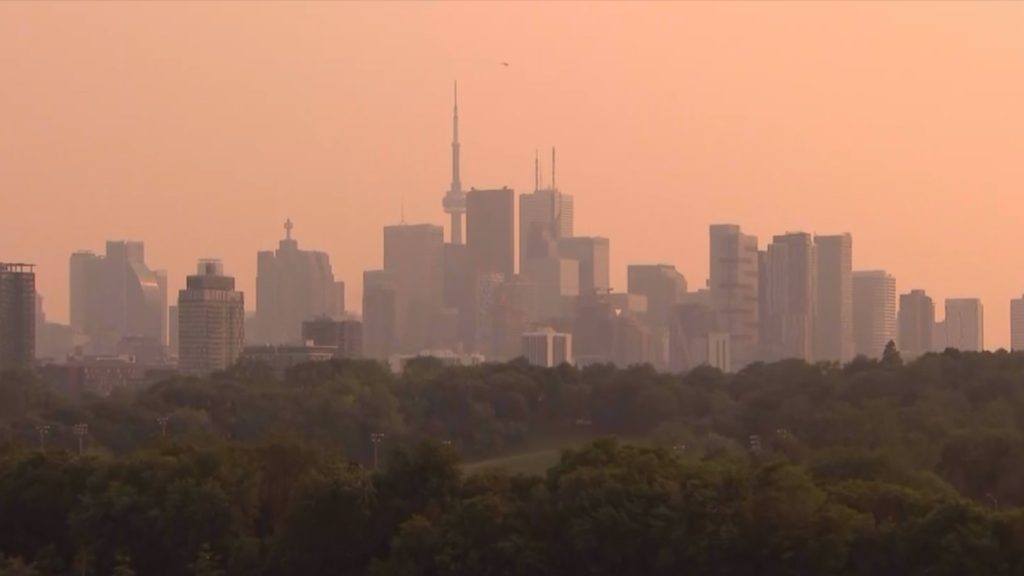
Introduction
Air quality is a significant public health issue that impacts millions of people worldwide. In urban centers like Toronto, maintaining good air quality is essential due to the high population density and vehicle emissions. With rising concerns about climate change and pollution, the residents of Toronto are increasingly aware of the air they breathe. This article explores recent developments regarding air quality in Toronto, understanding its implications and what steps are being taken to improve it.
Current Air Quality Status
According to the City of Toronto’s Air Quality Monitoring Network, the overall air quality in the city has shown fluctuations but recently recorded a decrease in smog days, aligning with a broader trend of improving air quality in major Canadian cities. The latest report from October 2023 indicated that the annual average of particulate matter (PM2.5) was below Canadian Air Quality Standards for the fifth consecutive year.
However, air quality is not uniform across the city. Areas near heavy traffic, industrial zones, and locations with high population density still experience higher levels of pollutants. Comparing data from 2022 to 2023, regions in the downtown core have seen a slight uptick in nitrogen dioxide levels due to increased vehicular traffic as pandemic restrictions ease.
Government Initiatives and Public Awareness
The City of Toronto has implemented several initiatives aimed at improving air quality. The Toronto Green Standard, for example, encourages sustainable development by creating green buildings and reducing urban heat. Additionally, the ‘Clean Air Partnership’ focuses on educating residents about air pollution and its health effects. Recent campaigns have highlighted the importance of reducing car usage and transitioning to public transport, as studies show that transportation contributes significantly to urban air pollution.
Moreover, the city has introduced incentives for electric vehicle adoption, aiming to reduce emissions from conventional vehicles. As of this month, there are over 1,000 public charging stations available across Toronto, doubling the number from just three years ago.
Conclusion
In conclusion, while Toronto has made significant strides in improving air quality, challenges remain, particularly in heavily trafficked areas. The ongoing efforts by the city and community also underline the importance of continuous public engagement in air quality issues. Local initiatives and individual actions towards reducing emissions will be crucial as Toronto aims for cleaner air. As we look ahead, it is essential for residents to remain informed and proactive in safeguarding air quality for healthier living conditions.

